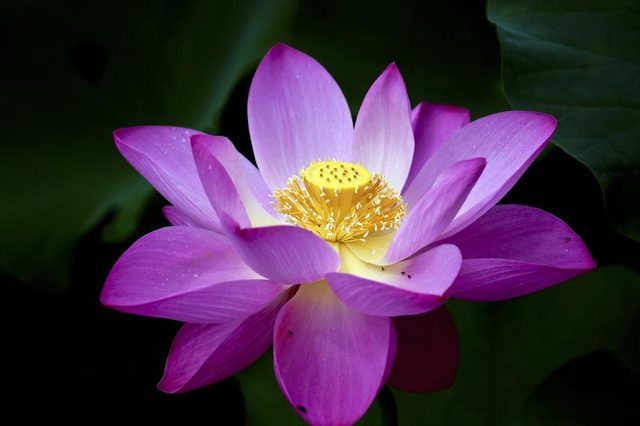Bulbs
Flower Basics
Flower Beds & Specialty Gardens
Flower Garden
Garden Furniture
Garden Gnomes
Garden Seeds
Garden Sheds
Garden Statues
Garden Tools & Supplies
Gardening Basics
Green & Organic
Groundcovers & Vines
Growing Annuals
Growing Basil
Growing Beans
Growing Berries
Growing Blueberries
Growing Cactus
Growing Corn
Growing Cotton
Growing Edibles
Growing Flowers
Growing Garlic
Growing Grapes
Growing Grass
Growing Herbs
Growing Jasmine
Growing Mint
Growing Mushrooms
Orchids
Growing Peanuts
Growing Perennials
Growing Plants
Growing Rosemary
Growing Roses
Growing Strawberries
Growing Sunflowers
Growing Thyme
Growing Tomatoes
Growing Tulips
Growing Vegetables
Herb Basics
Herb Garden
Indoor Growing
Landscaping Basics
Landscaping Patios
Landscaping Plants
Landscaping Shrubs
Landscaping Trees
Landscaping Walks & Pathways
Lawn Basics
Lawn Maintenance
Lawn Mowers
Lawn Ornaments
Lawn Planting
Lawn Tools
Outdoor Growing
Overall Landscape Planning
Pests, Weeds & Problems
Plant Basics
Rock Garden
Rose Garden
Shrubs
Soil
Specialty Gardens
Trees
Vegetable Garden
Yard Maintenance
How to Grow a Lotus Plant
How to Grow a Lotus Plant. Adding a decorative touch to water gardens, lotus plants (Nelumbo nucifera) contribute showy, stalked pink or white flowers that are 8 to 12 inches wide, rising above rounded, waxy, green leaves. Plants grow 3 to 6 feet tall in U.S. Department of Agriculture plant hardiness zones 4 through 10, going dormant for the...

Adding a decorative touch to water gardens, lotus plants (Nelumbo nucifera) contribute showy, stalked pink or white flowers that are 8 to 12 inches wide, rising above rounded, waxy, green leaves. Plants grow 3 to 6 feet tall in U.S. Department of Agriculture plant hardiness zones 4 through 10, going dormant for the winter. Native to Asia, it's grown in many countries and many cultivars exist. A second species of lotus with yellow flowers, American lotus (Nelumbo lutea), grows wild in North America in USDA zones 4 through 8, but usually isn't cultivated.
Soil and Spacing
Lotus prefer a loamy soil equivalent to good topsoil. It can grow directly in the bottom of a pond, but if you want to restrict the roots, which can grow aggressively into nearby areas, grow lotus in a container. Since the containers are submerged, the soil shouldn't be rich in organic matter, which spoils when in water constantly. The size of the container depends on the size of the cultivar. Dwarf lotuses need pots 16 to 20 inches wide, medium cultivars take 18- to 30-inch-wide pots, and large cultivars should have containers 24 to 48 inches wide.
Water and Fertilizer
Needing standing water, lotus generally grows in water from around 6 to 24 inches deep, with smaller cultivars needing less depth. Some cultivars are so small they can be grown in a bowl of water. In the wild, lotuses grow along the margins of lakes and streams or in wetlands. Once stalked leaves appear, rather than the floating leaves of new spring growth, it's time to begin fertilizing lotus plants. Fertilize them monthly, from about April to September, with fertilizer such as an aquatic plant tablet with the formulation 10-14-8. For each gallon of soil in the lotus growing container, insert one tablet, placing it one finger deep into the soil and pushing soil over it so it doesn't come loose. Keep tablets 3 inches away from plant growing points.
Light and Temperature
Grow lotus in full sun for best growth. It needs a minimum of five to six hours of full sunlight each day. Lotus doesn't do well in climates with hot, dry summers such as in the southwestern United States, nor does it do well in places with long, cool, rainy summers, where it doesn't get sufficient heat or light. It prefers at least three months of temperatures between 75 and 85 degrees Fahrenheit.
Special Care Considerations
In mild winter climates, lotus can be left in place year-round. In colder areas, if the water is deep enough so the roots won't freeze, lotus will survive the winters. Where the roots might freeze, dig up the dormant rhizomes in late fall and store them in a container of moist sand. Keep the temperature cool but above freezing so the rhizome won't come out of dormancy, and keep the sand from drying out. Plant the rhizomes back in their containers when danger of frost is over. In some areas, lotus is invasive. Restricting its roots in containers will prevent spread in most areas, but some places prohibit planting lotus.